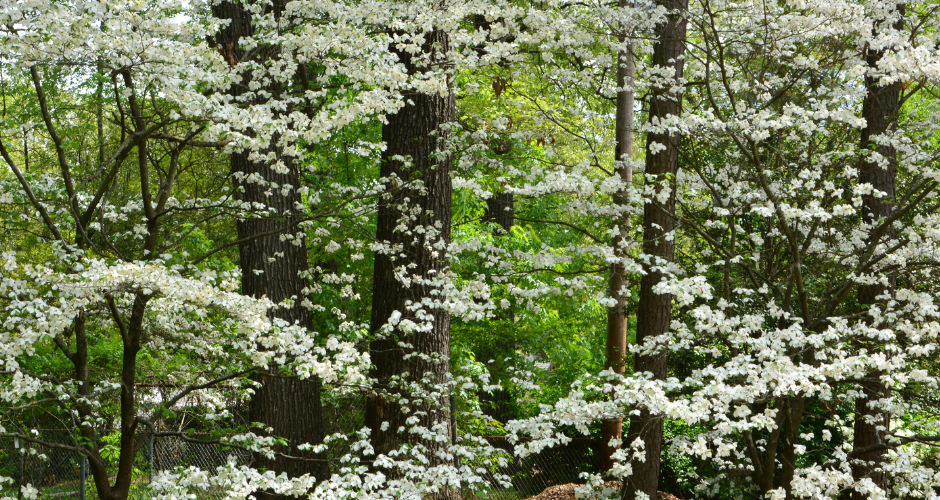The Invasive Bradford Pear
- Christian Dufrene
- Mar 9, 2024
- 2 min read
Updated: Mar 11, 2024

A cultivar of the Asian native Callery Pear (Pyrus calleryana), the Bradford was commercially released to the American public in the early 1960s. They became a popular street tree for their showy white spring flowers, disease and pest resistance, and fast growth. However, over time, the Bradford Pear has been recognized as an invasive species with poor growing habits. Causing problems for both the native ecosystem and homeowners. Many states have already started active measures to eradicate and replace the non-native species.
The Issues:


Cross-pollination and Spread: Initially thought to be sterile, Bradford pears can cross-pollinate with other pear tree varieties, resulting in fruit that spreads and grows in unintended areas. As it spreads, it can dominate unmanaged areas and reduce biodiversity by crowding out native plants. The shift in plant populations can disrupt local ecosystems, affecting wildlife that relies on native plant species for food and habitat.
Weak Branch structure: Their growth pattern combines rapid growth with tight, upright branch unions. This makes them susceptible to storm damage, creating hazards for homeowners and their property.
Pungent Smell: Even though the flowers are a pretty sight, the smell they produce is a different story. People describe the smell as rotting fish.
Solutions: Cut it down and replace it with a native.
While many experts recommend using herbicide on the stump after removal to prevent regrowth, we at Arborene believe that grinding the stump and roots will be just as effective. This in turn, provides a new opportunity to replace the Bradford pear with a Georgia native tree.
Recommended Alternatives:
To avoid the problems associated with Bradford pears, consider planting native or non-invasive trees that offer similar aesthetic appeal without the ecological downsides. Here are a few recommendations.
Serviceberry
Flowering Dogwood
Sourwood
Carolina Silverbell
Conclusion:
While Bradford pears were once a staple of American landscaping, their invasive nature and the problems they cause have led many experts to recommend against their use. By choosing Georgia native alternatives, homeowners can enjoy the benefit of attractive, resilient trees without contributing to ecological imbalance. At Arborene, we offer the full solution discussed above. If you have any questions regarding the Bradford pear or want to set up a free estimate, you can fill out an estimate request form on our home page or call us at: 678-780-5258.








Comments